Please read the entire story here.
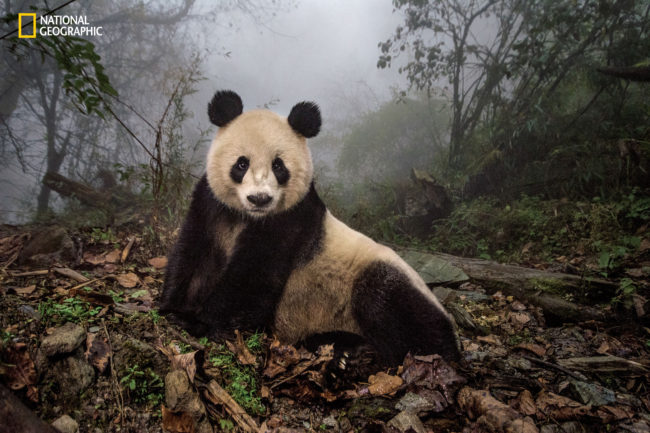
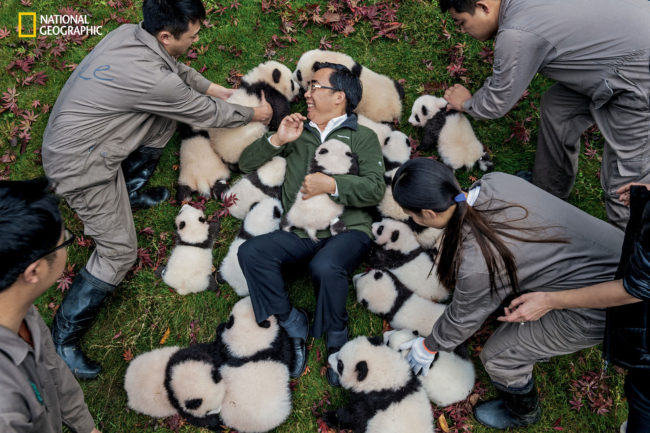

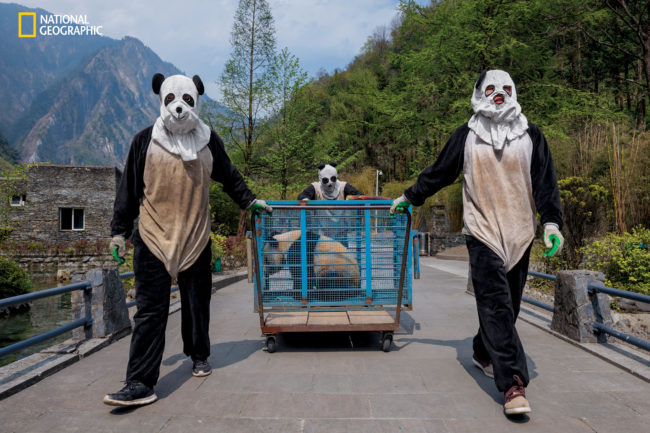
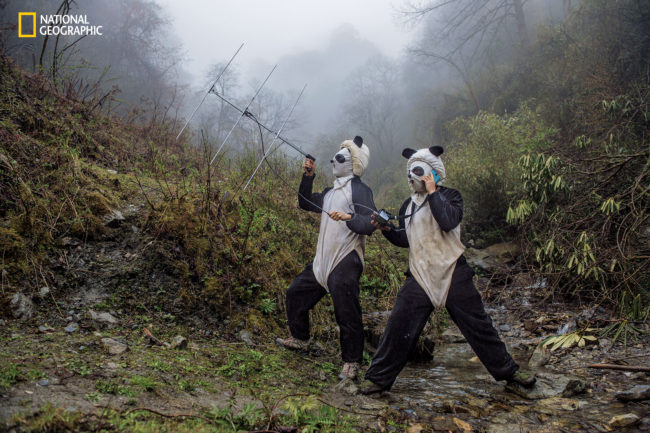
National Geographic Magazine
Director of Photography: Sarah Leen
Creative Director: Emmett Smith
Print Designer: Hannah Tak
Photo Editor: Sadie Quarrier
Photographer: Ami Vitale
Heidi: How did you find yourself shooting people in panda suits raising captive babies at the Wolong center of the China Conservation and Research Center for the Giant Panda?
Ami: I was part of a film team that came in 2013 for PBS/NatGeo production. Realized what an extraordinary story this was and pitched it to National Geographic Magazine once I got access to it.
Were there any unique challenges and how did you overcome them?
Many challenges. First, I had to pitch a story and convince editors that I could make it unique and different from what was already done. They had published a story on pandas about 7 or 8 years earlier so my job was figuring out what would be special about this story. Also, these are tiny, fragile creatures and the keepers were quite stressed about their health and safety. I had to work around these concerns and was not allowed to use flash so there were technical issues that needed to be solved including flickering fluorescent lights. It means you have to shoot at 30th of a second to avoid having lines going through every image. Pandas make quick rapid movements so coming away with a sharp and compelling image was harder than it might seem. Plus they are solitary creatures who like to hide in the thick bamboo or high up in the treetops when they are young.
I understood from reading the story that bears being trained to live in the semi wild must not get used seeing humans. Did you wear a panda suit too?
Yes! of course. the best part!
What did it smell like, the suit?
They scent the panda suits with urine but wasn’t too bad because pandas are mostly vegetarian. They smelled more like wet puppies or bamboo.
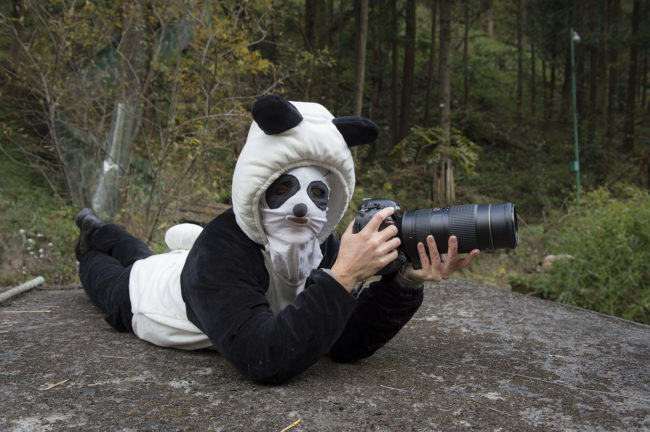
You’ve had a wide range of experiences, how did this one strike or move you as a photographer?
I was constantly thinking how incredibly privileged it was to be there!! Still can’t believe it and miss them every day!
In your motion work on this piece, Papa Panda describes falling in love with the baby panda’s as if they were your own children, did you share that same sentiment of falling in love?
How can you not fall in love with them. I died of cuteness overload many times over.
How long were you there?
5 visits over the course of 3 years.
Did you have to get any special shots to spend time with the pandas?
No special shots but we were careful, especially around baby pandas. We wore masks, disinfected hands and shoes every time entering new space.

1 Comment
Incredible – that last one makes me laugh! The panda suits are ridiculous!
Comments are closed for this article!